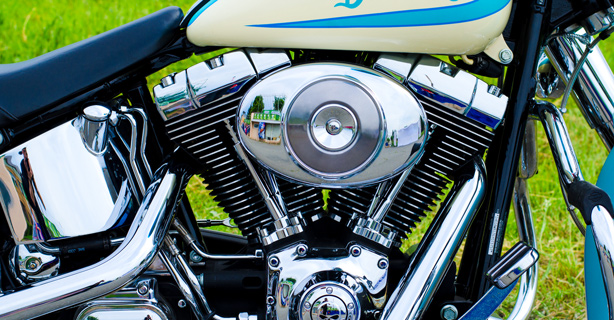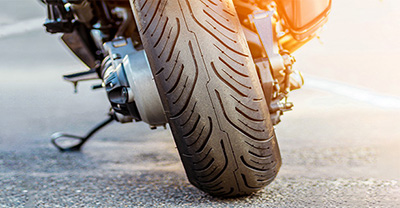Maintenance and care for motorcycle engines
Keep your motorcycle running smoothly and safely with these simple engine maintenance tips:
A clean oil circuit and regular oil changes are necessary for proper performance. Change your oil based on the mileage intervals suggested in your bike's service manual (typically every 3,000 to 5,000 miles).
Check your air filter every few months and replace at least once annually, depending on how much you ride.
Check and adjust valve clearances—you can do this yourself with the right tools.
Regularly inspect coolant levels and quality. You should complete a full flush at least once every two years.
Conduct routine inspections to look for leaks, which could indicate issues with seals or gaskets.
Tip: For detailed seasonal motorcycle maintenance, refer to this checklist.














